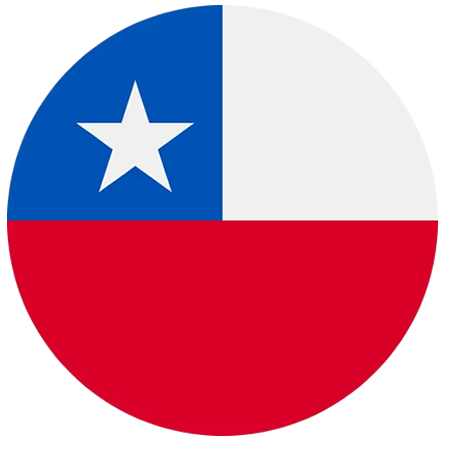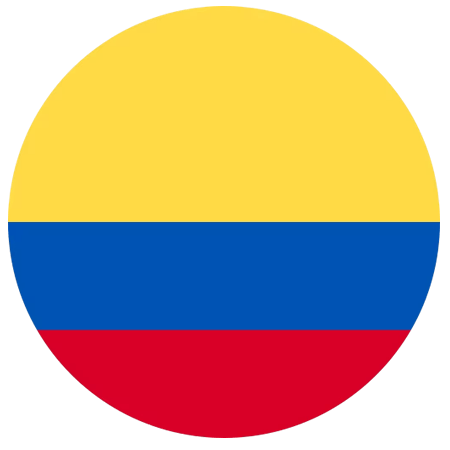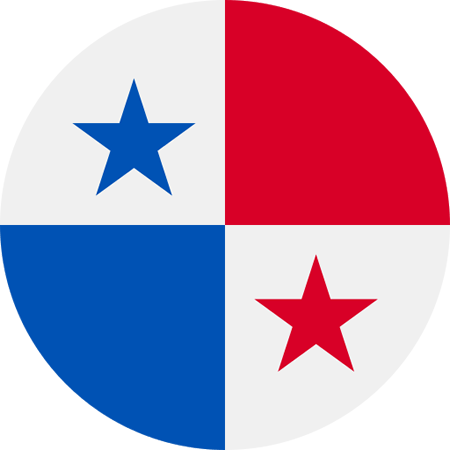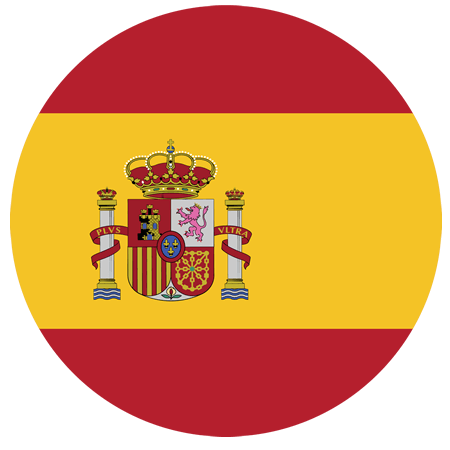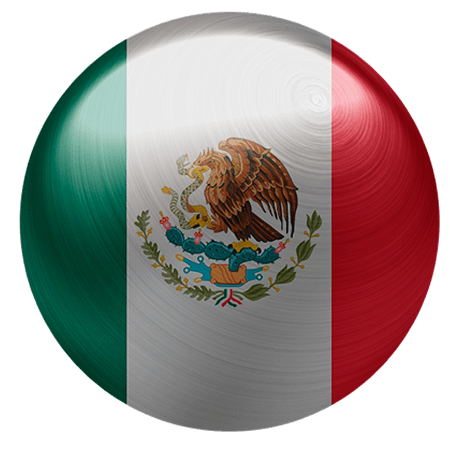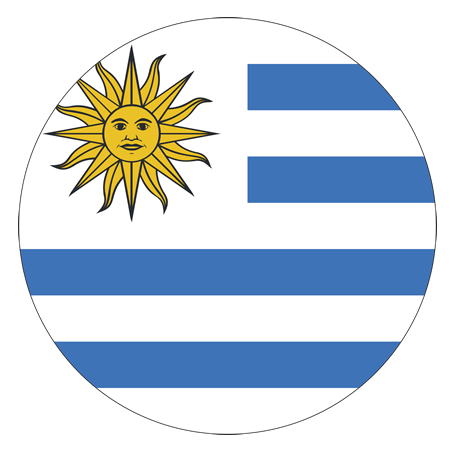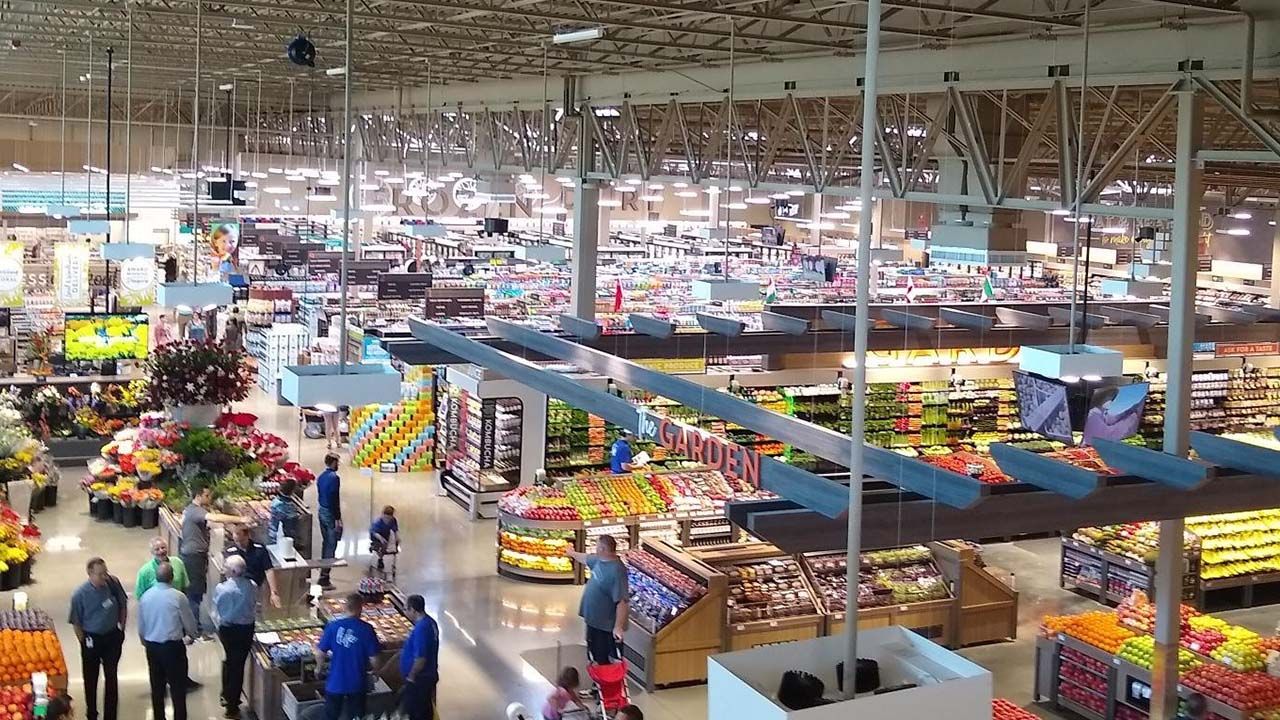The distribution of the racks or aisles of a store, which fulfill a specific function, and that is why there are several types of corridors for merchandising designed for you to get the most number of sales. In this post we will explain it!
The strategies implemented for the merchandising within the physical store, must go far beyond simply placing bookcases or shelves and form aisles for customers to circulate and may observe products.
Currently the distribution of the tent is made under the principles of visual merchandising, which has presented very good results in the world of retail, giving rise to its mass.
Let's start by explaining that the visual merchandising or marketing visual in Spanish, is the process of layout design of floor, shelving and display of the products, with the purpose of maximize sales and arouse emotions to the customers during their shopping experience.
It is important to remember that the marketing or merchandising, is the science and art of displaying merchandise in an attractive way that allows to encourage customers to buy.
For this reason it is essential to get consumers to circulate through the greatest amount of space possible.
1. Flow layout grid
It is the most common design within the retail trade, this use shelving, racks, or shelves are placed in long rows, usually at a right angle to cover almost the entirety of the store, creating aisles clear for the traffic of the customers.
The flow patterns of lattice or grid are highly structured and allow you to maximize the commercial space available. Traditionally, this design has been used for supermarkets, pharmacies and convenience stores.
2.Design of free-flow
Design patterns and free flow are modern formats in which it makes use of devices Beacons the latest technology to reduce the presence of exhibited items and in its place create an atmosphere much more relaxed and comfortable thought about the comfort and satisfaction of the customer.
The main aim of the use of these types of corridors for merchandising is to allow customers to buy and to navigate around the premises at their own pace. There is No pattern of traffic defined in it, and gives excellent results from small shops of 500 square metres.
3. Wide angle design
This kind of design is also called mixed, because it uses a mixture of types of screen in their angular distribution. Takes up much more space than other designs, but tends to be more pleasant for the client from the visual point of view.
Normally, this type of design hallways is used in clothing stores and jewelry stores, but is also commonly observed in certain departments of major retailers.
4. Design loop type
This uses a combination of several display units, configuring paths designed for the tour or trip from the client to the interior of the store, creating a circuit that provides good visibility of the products.
It is important to have the accessories and shelving adequate to achieve a true visual impact on the purchaser and add the greatest number of sales possible.
Conclusion
Whatever the design, and the types of corridors for merchandisingthis should be well-organized to properly distribute the tours and displays of your tent, taking into account the flow of traffic.
It is advisable to take the decision, “putting themselves in the shoes of the customer” with the purpose to guarantee a experiencia de compra really comfortable and satisfactory.
Don't forget that each step in the planning of your store will lead to consequences that can be positive or negative, it will be the customer who determines if the shop is to your liking when you buy regularly or simply to enter a time and come out with your hands empty.
Today the trends are pointing towards the use of designs, non-traditional, using the Branding in retail and incorporating the technology of the Beacons.

